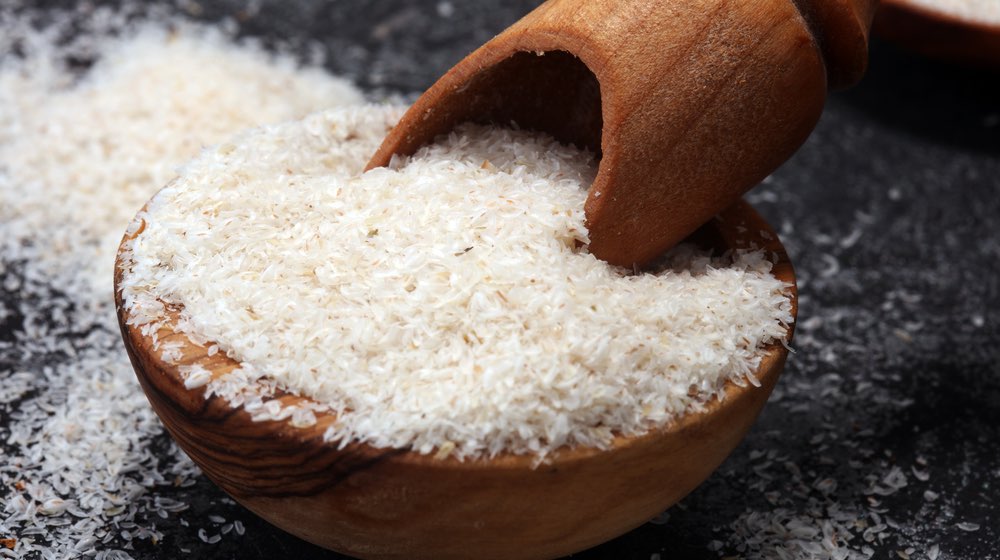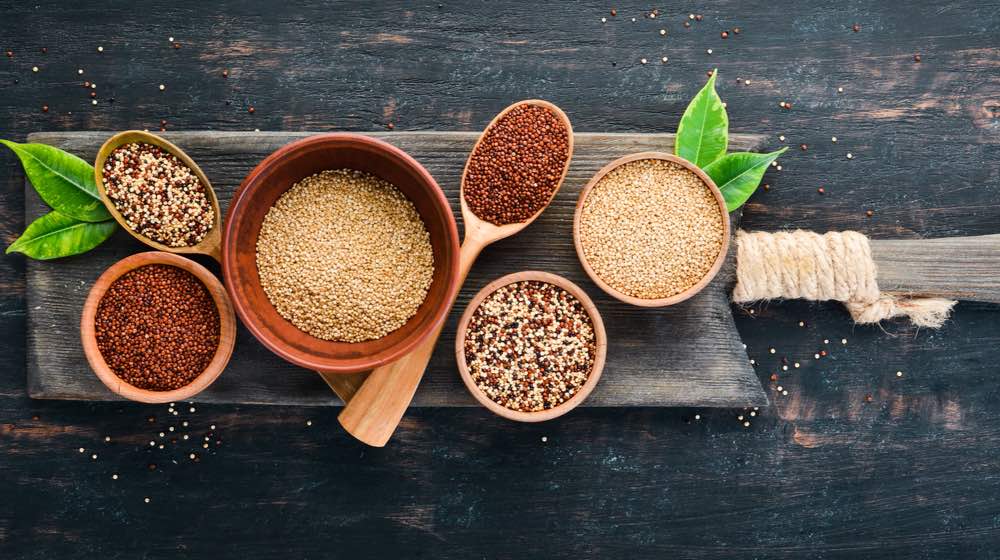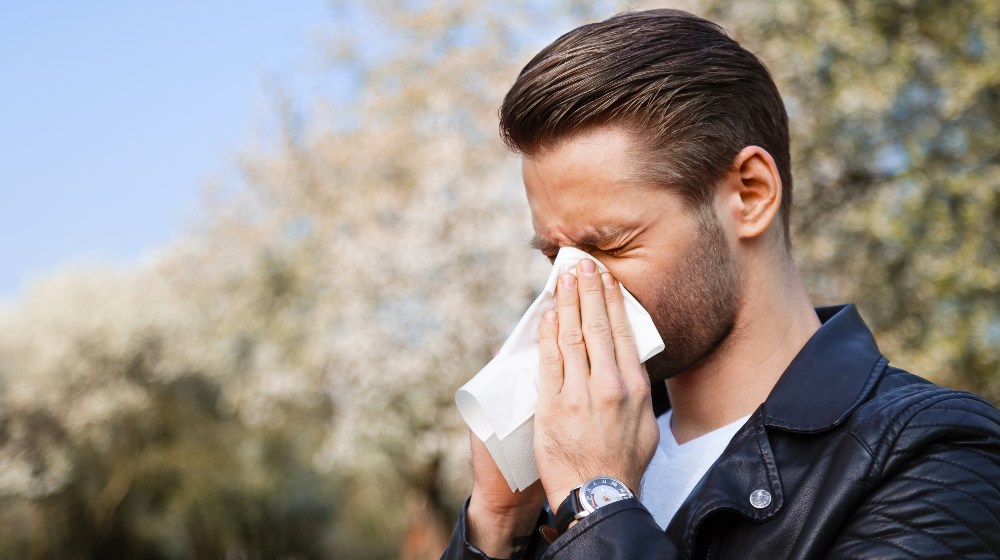Spring Allergies | Causes, Symptoms, Treatment & Prevention
Spring is a beautiful season, but it's also a time when plants start to release pollens, leading to spring allergies. Read on so you'd know what to do once you begin to sneeze and sniffle.
RELATED: 20 Ways to Detox Your Home
Spring Allergies 101 | Frequently Asked Questions About Spring Allergies
Why Are My Allergies so Bad In Spring?

Every year, more than 19 million Americans are diagnosed with spring allergies. Triggers involve mold and dust mites, but the biggest cause is pollen. During this season, these grains grow and reproduce:
- Mold: This develops in damp environments, both indoor and outdoor. These include your bathrooms and basements, as well as rotten logs and leaf piles.
- Dust mites: Found indoors, dust mite waste lives around your house. You can find them in your beddings, carpets, furniture, and stuffed toys.
- Tree pollen: Toward the end of winter and the start of spring, trees release pollen, causing allergy symptoms. Some of these trees include cedar, birch, ash, oak, alder, beech, elm, willow, aspen, olive, and poplar.
- Grass pollen: Some of the most usual grass allergens include kentucky blue grass, timothy grass, and bermuda grass. You can find them in almost all states.
Trees and grasses let go of their pollens, fertilizing other plants. However, these pollens can travel and enter someone's nose.
When this happens, the grains can disassemble your body's line of defenses. Your immune system wrongly identifies pollens as a threat and overreacts to these substances. It then brings antibodies out to fight these allergens.
Afterward, your body releases histamines into your blood. These chemicals cause a stuffy nose, inflamed eyes, and other manifestations of an allergy.
Weather changes can also influence the amount of released pollen. For instance, during windy days, pollens can spread easily. This can increase a person's allergy symptoms.
What Do Spring Allergies Feel Like?

When you have spring allergies, you might experience sneezing and coughing. Additionally, you may have dark circles under your eyes, and they might become watery, itchy, or puffy.
When your eyes and nose swell, it's your body's attempt to prevent allergens from entering your body. The same goes when you sneeze – it helps get rid of substances from your nose.
Nasal congestion is another bothersome symptom of spring allergies. You'll also feel like there's mucus that drips down at the back of your throat, known as post-nasal drip.
Your other parts might become itchy as well, including your mouth, throat, and ears. You might also experience chest tightness and difficulty in breathing.
How Do You Treat Spring Allergies?

You can take a range of prescription and over-the-counter medicines to ease your spring allergies:
- Antihistamine: This medication suppresses your body's histamine. Some can cause a feeling of sleepiness, so be extra careful if you'll take them during the daytime. You may opt for the non-drowsy types instead.
- Decongestant: This medicine diminishes the lining of your nasal passageways and lessens stuffiness.
- Nasal spray decongestant: This can soothe congestion and may get rid of blocked nasal passages. It can work faster than decongestants that you take orally.
- Steroid nasal spray: This option is the first treatment recommended to relieve inflammation. It lessens the swelling as well as the building of mucus in your nasal passageways.
- Eye drops: They offer short-term aid for red, watery, swelling, and itchy eyes.
On the other hand, there are also home or natural remedies available to treat spring allergies:
- Steam inhalation: This therapy is widely used to treat allergic rhinitis. It can also open and calm your nasal passageways. Simply inhale the vapors of boiling water while covering your entire head and face with a towel.
- Saline rinse: You can make this solution at home to help reduce the stuffiness and congestion in your nose. It cuts the mucus from your nasal passageways and removes allergens from your sinuses and nostrils.
- Acupuncture: Thin needles on different parts of your body can lessen nasal symptoms.
- Nettle leaves: A 2017 study shows that Nettle root extract can provide positive effects when it comes to your allergic rhinitis.
It's still best to consult your doctor to select the medication that suits you. He may suggest that you undergo blood tests or skin tests to determine what specific allergens cause your symptoms.
RELATED: Top 10 Office Plants To Get Fresh Air In Your Workplace
How Do You Prevent Spring Allergies?

While you can take various medications for spring allergies, you can take precautionary measures to minimize your exposure to pollen.
Try to spend most of your time indoors, especially when the pollen count is high. Normally, the count is at its top during the morning. You can visit the National Allergy Bureau site to check the pollen counts and other details in your area.
If you need to go outside, wear accessories like sunglasses and hats to prevent pollen from entering your eyes. Afterward, remove your footwear before entering your house, then wash your hair since the allergens can stay there.
Ensure to change your clothes and wash them after staying outdoors. As much as possible, use a dryer to dry your clothes instead of hanging them outside your home.
Close your windows and doors to prevent the tiny grains from entering your house. The same goes for when you're driving. Close your vehicle's windows, and use the air conditioner.
Make it a habit to clean areas where pollen can possibly collect. These include bookshelves, vents, carpets, and bed linens. You may also use an air purifier to eliminate contaminants from the air.
Additionally, vacuum at least once a week to suck up the allergens. Keep in mind to wear a mask since cleaning can kick up trapped dust and mold.
Keep your grass in your yard short. Don't forget to wear a mask as well while mowing and gardening.
What Months Are Spring Allergies?

Depending on your location, spring allergies can take place as early as February and last until summer. It's important to check your local weather to find out when the blooming would start.
For instance, in Indiana and Kentucky, the weather changes daily toward the end of the winter season. During this time, plants start to bloom and let go of pollen. This signals the beginning of seasonal spring allergies.
You'll typically experience symptoms from early March until May. However, in areas where cold weather would arrive later, spring allergies would also be pushed back.
Spring allergies can make you feel miserable, so don't let them catch you unprepared. Take note of these answers to frequently asked questions, and take precautionary steps to fight spring allergies.
Are there other ways on how you can handle and avoid spring allergies? Let us know in the comment section below!
Up Next:
- 6 Ways to Boost Your Immune System
- 12 Foods to Boost Your Immune System
- What's the Deal With Penis Shrinkage? What You Need To Know About Penile Atrophy
Calling all crafting Health Buffs! If you’ve got the gift of keeping healthy and sharing this knowledge through writing. Click here if you want to write for us.
Please stay connected with us on Facebook, Twitter, Instagram, and Pinterest, and make sure to join our community of healthy living and minded people here.
Trending
Get Updates
SIGN UP FOR OUR NEWSLETTER TODAY

Lecithin Benefits and Side Effects: 10 Surprising Truths


